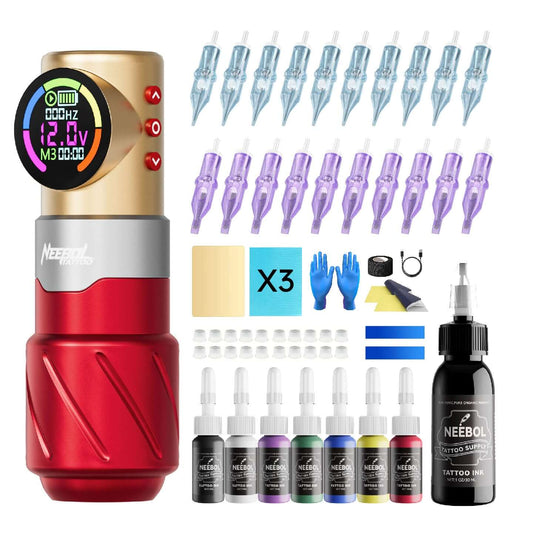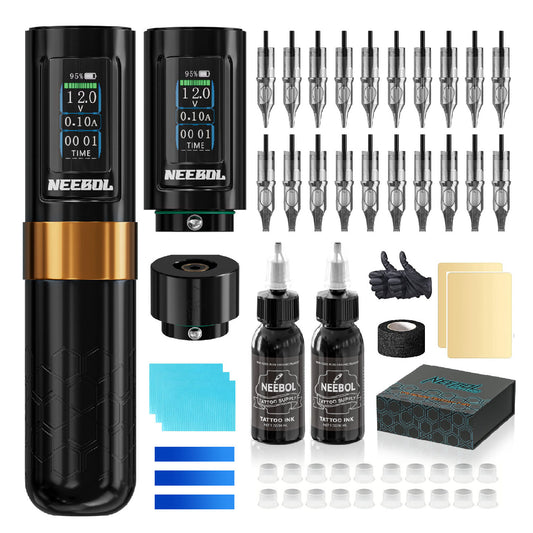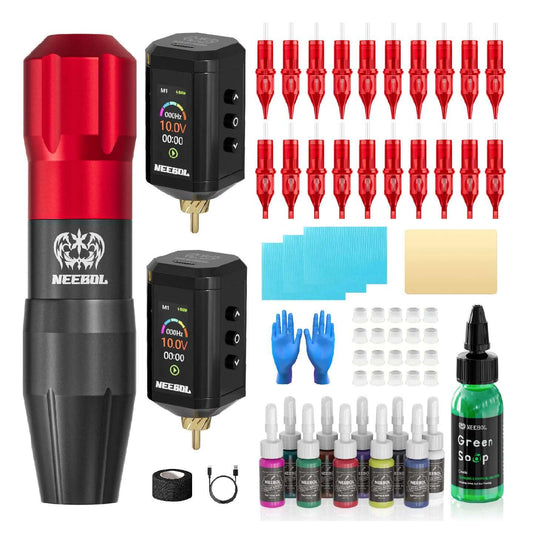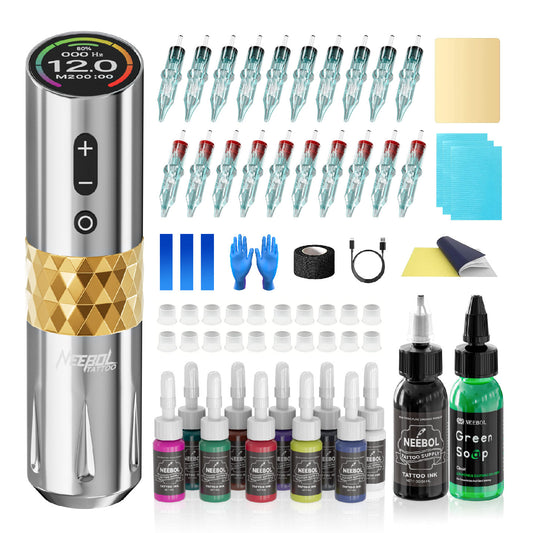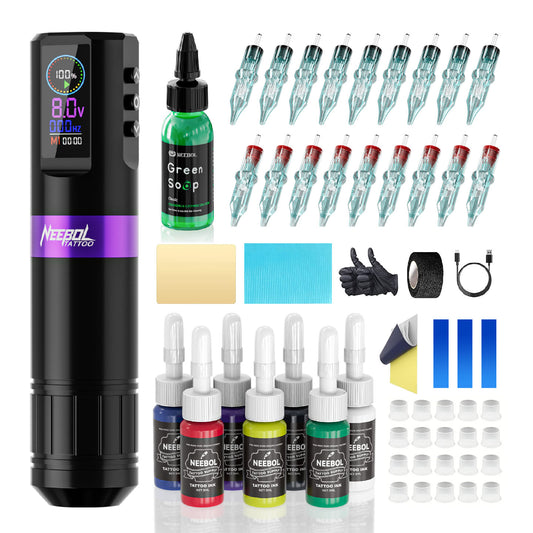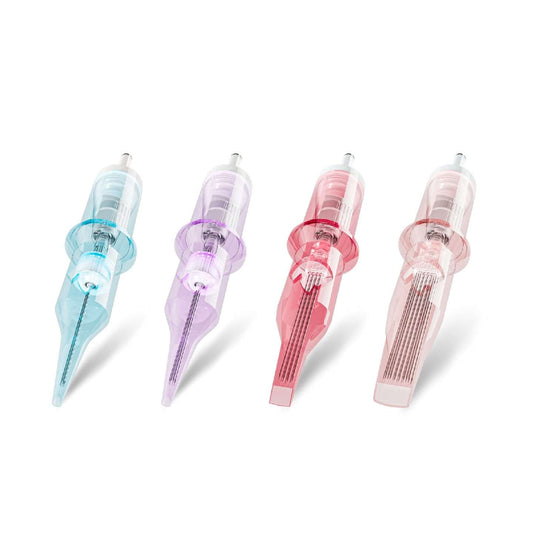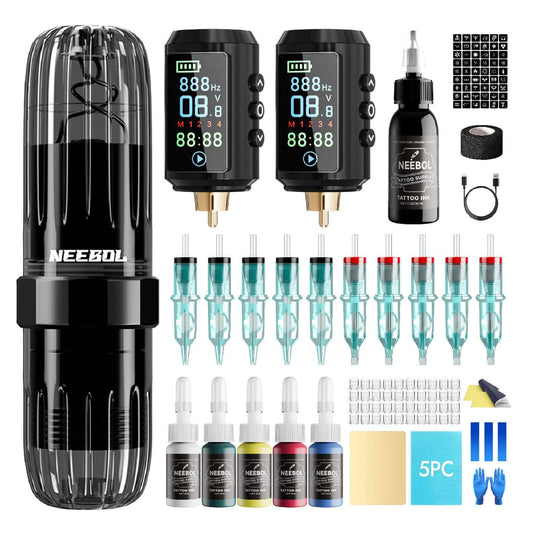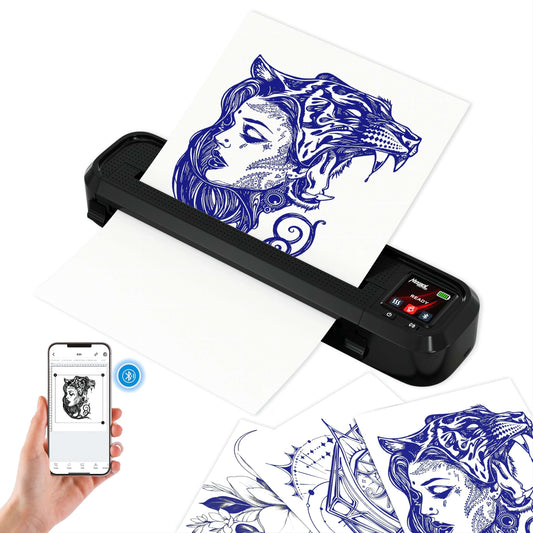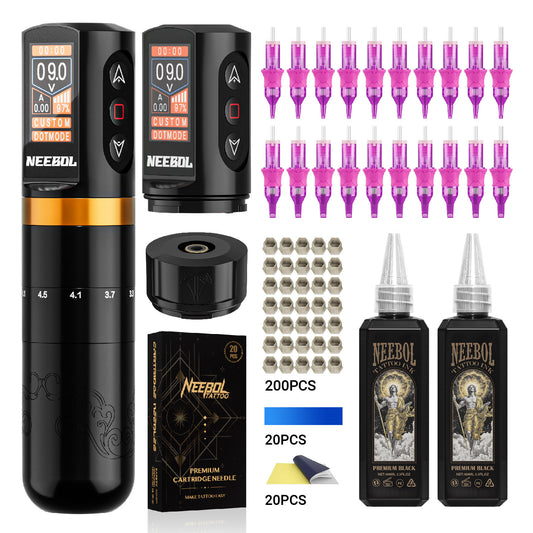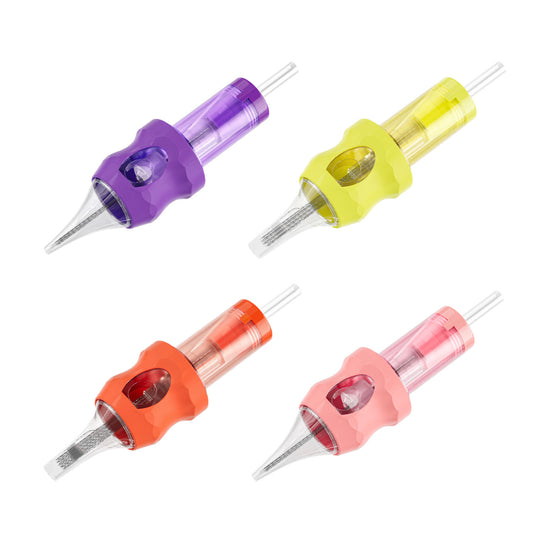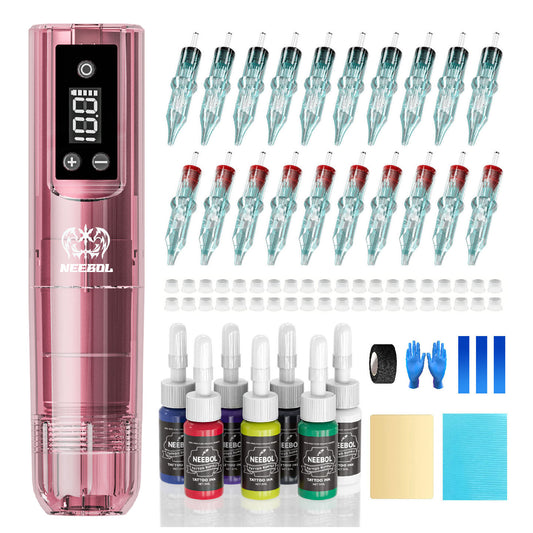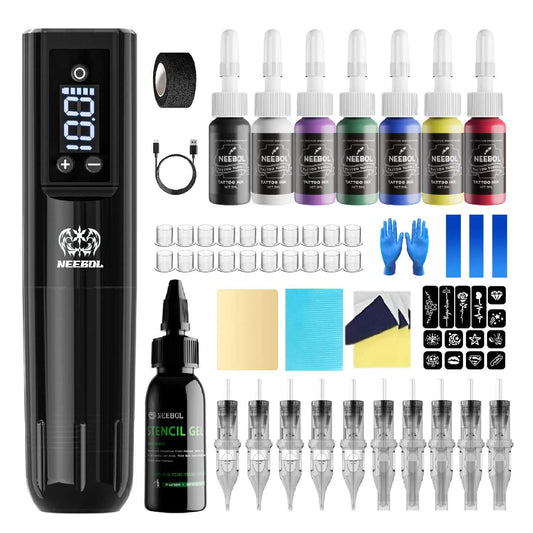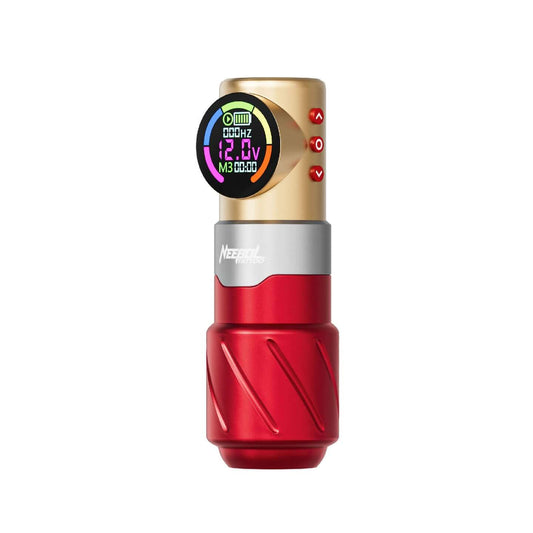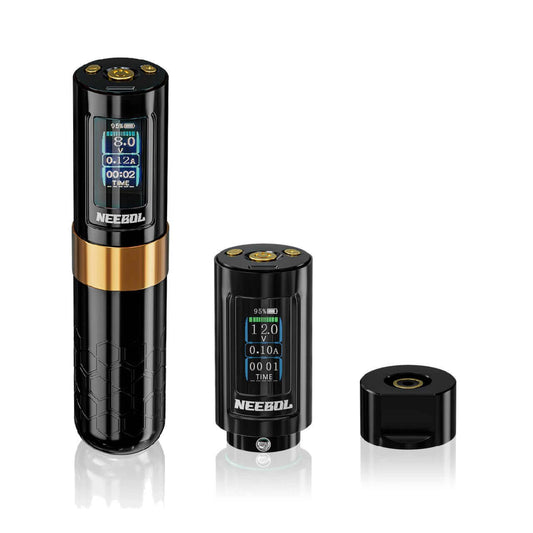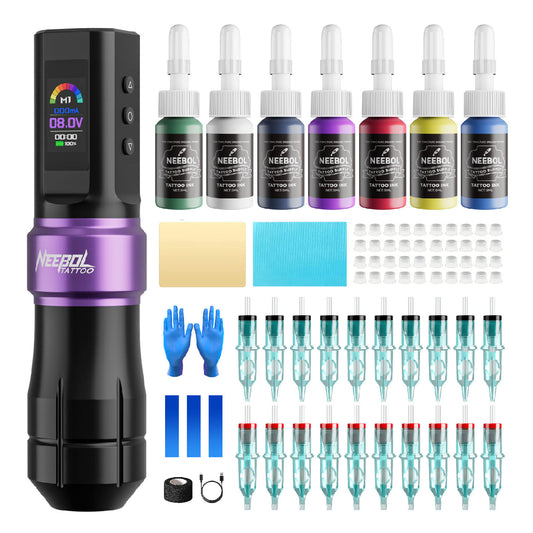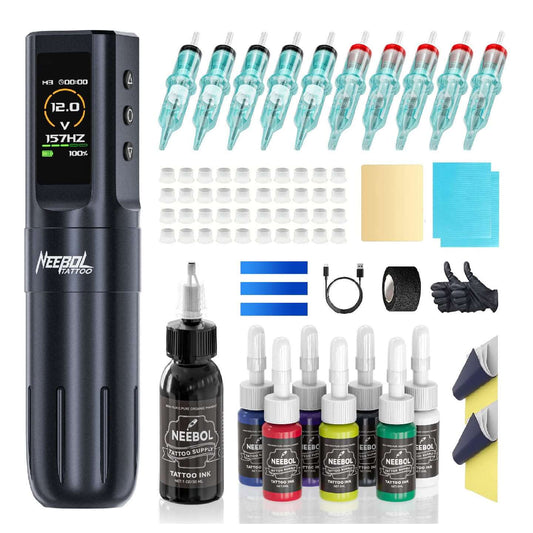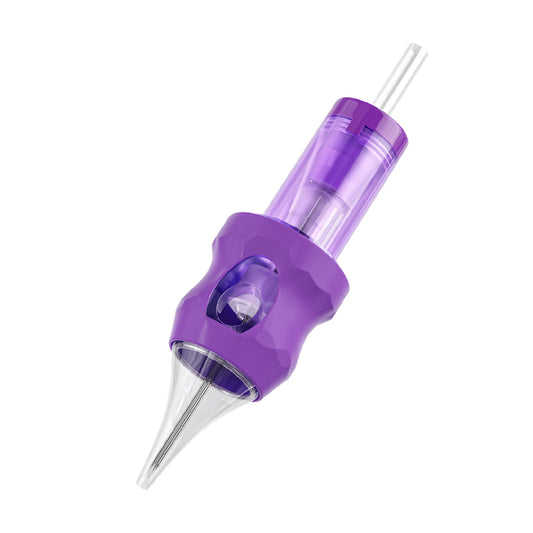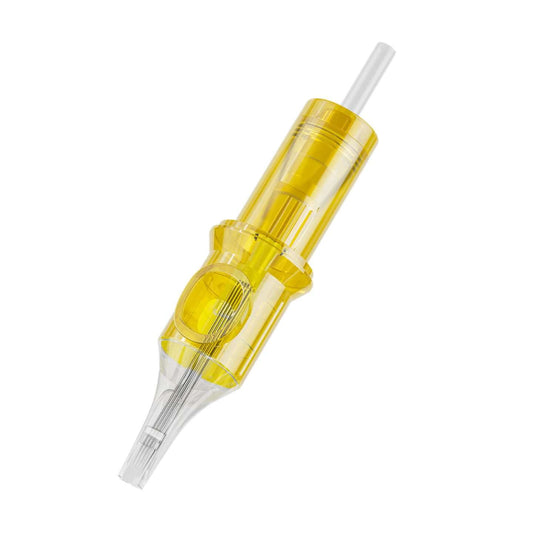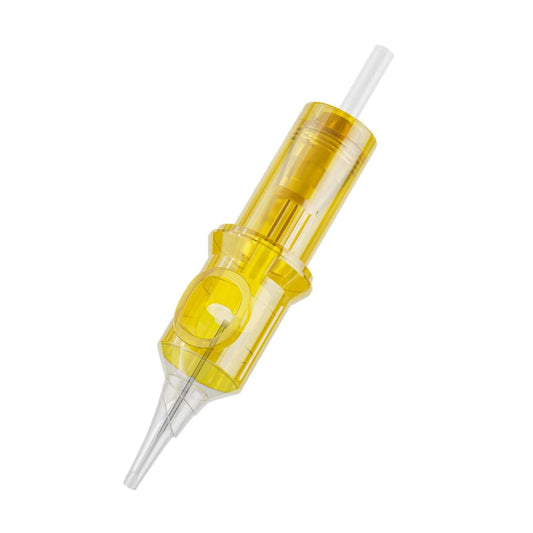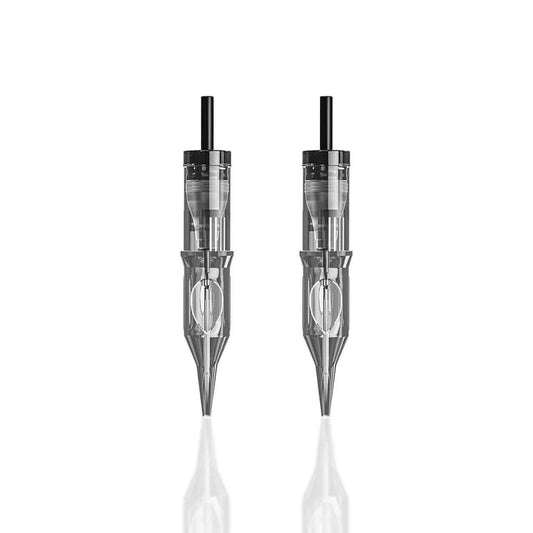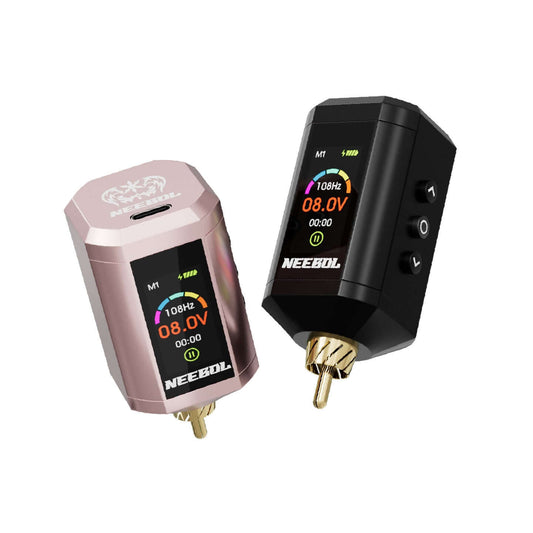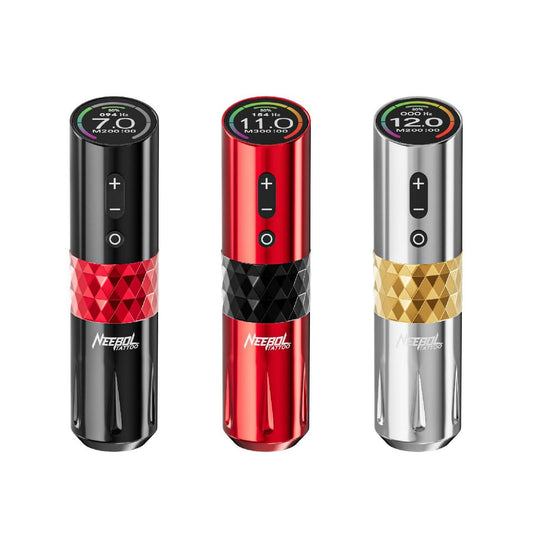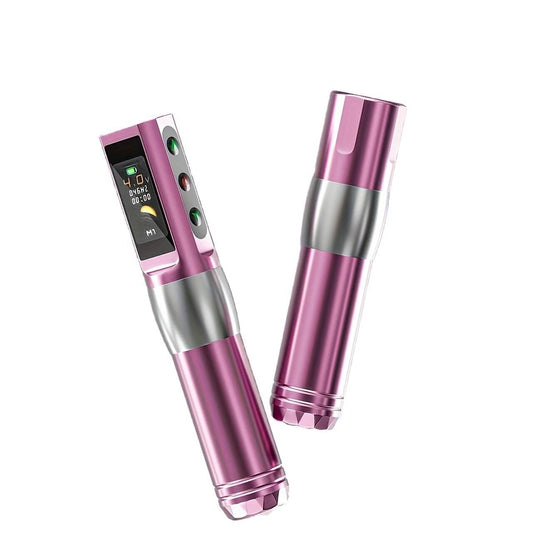Ancient Tattoos: What Mummies Can Teach Us About Ink
For thousands of years, tattoos have served as identity markers, spiritual symbols, and even forms of medical treatment. While modern tattooing is driven by advanced machines and vibrant pigments, its origins lie deep beneath the skin—literally.
Some of the most fascinating insights into early tattoo culture come not from books or legends, but from the well-preserved bodies of ancient mummies. These silent time travelers carry inked stories across their skin—stories that bridge past and present, offering valuable lessons for today’s artists, machine makers, and enthusiasts.
The World's Oldest Tattooed Mummy: Ötzi the Iceman
Discovered in the Alps and dating back over 5,000 years, Ötzi is considered the world’s oldest naturally preserved tattooed human. His body bears over 60 carbon-based tattoos, located primarily around joints and the spine.
/https://tf-cmsv2-smithsonianmag-media.s3.amazonaws.com/filer_public/de/52/de526958-55af-4faf-8b79-5b58b958e09a/iceman_web.jpg)
Researchers speculate these weren’t decorative, but rather early forms of acupuncture or pain therapy—proving that tattooing was used for more than just aesthetics.
Interestingly, the ink was made of black carbon-based pigments—an early version of what we now consider black tattoo ink. While today we have advanced formulations like black black tattoo ink for durability and contrast, the desire for deep, dark lines clearly isn’t new.
Tattooed Mummies Around the World
Ötzi isn't alone. Across Egypt, Siberia, Peru, and even Greenland, mummies have been found with intricate ink. In ancient Egypt, female mummies displayed tattoos believed to be associated with fertility and spiritual protection.
In Siberia, the Pazyryk mummies (circa 500 BCE) revealed tattoos of animals and mythological beasts, showing impressive technical skill even by today’s standards.
These discoveries raise important questions: How were these tattoos applied without modern tools? What can they teach us about the evolution of tattoo equipment?
From Hand Poke to Rotary Machines
Ancient tattooing was done with sharpened bones, needles, or thorns, and pigment was hand-tapped or rubbed into the skin—a process both painful and imprecise.
Today’s artists benefit from high-precision tools like the rotary tattoo machine and coil tattoo gun. While ancient tools depended entirely on manual control, rotary and coil machines brought consistency and speed to the craft.
- Rotary tattoo machines use a spinning motor for smooth motion, making them ideal for beginners and professionals alike.
- Coil tattoo machines, on the other hand, use electromagnetic coils to drive the needle, giving artists more “snap” and power—often favored for lining work.

Still, the spiritual essence remains. Whether using a bone or the best wireless tattoo machine, tattooing continues to be a deeply human, expressive act.
The Rise of the Modern Tattoo Pen
With the rise of portable and ergonomic tools, the tattoo pen has become a go-to for many artists. Inspired by the rotary mechanism, tattoo pens offer:
- Smoother shading
- Quieter operation
- Lightweight handling (lightweight tattoo keyword)

Many wireless tattoo pens now incorporate memory modes and digital screens, allowing for finer control and less fatigue—something ancient artists surely would’ve appreciated!
If you're transitioning from traditional coil machines, you might find the best rotary tattoo machine offers the perfect balance of comfort and precision.
Ink Through the Ages
One thing that hasn’t changed much is the importance of ink. From ancient soot to today’s certified vegan-friendly pigment, ink determines longevity, clarity, and healing.
Tattoo shading techniques have evolved as well. In the past, mummies show evidence of deep black fills and layered lines. Modern artists use tattoo shading needles to achieve smooth gradients, 3D effects, and subtle transitions that ancient tattooists could only dream of.
The evolution of shading isn’t just about looks—it also reflects how far our tools and techniques have come.
What Modern Tattoo Artists Can Learn from Mummies
So, what can today’s tattoo world learn from these ancient time capsules?
- Intent matters — Whether spiritual, therapeutic, or artistic, tattooing always held deeper meaning.
- Endurance is everything — Tattoos on mummies have lasted thousands of years. What kind of ink and care do your tattoos need to last a lifetime?
- Tools evolve, but art remains — From stone-age hand poke to digital best tattoo guns, the core practice remains an act of expression and skill.

From History to Studio
Looking back at the past isn’t just fascinating—it’s useful. Understanding ancient tattooing helps modern artists appreciate their craft more deeply.
So the next time you load up your tattoo gun tattoo or fire up your best wireless tattoo machine, think about the people who came before you—sitting in caves, temples, or tents—marking their skin with purpose and pride.
You’re not just part of a modern trend. You’re continuing a story that’s 5,000 years in the making.
Final Thoughts
Ancient mummies give us a glimpse into the roots of a now-global art form. And just as they carried their stories across centuries, today's artists carry the future of tattooing with every line they ink.
Whether you use a coil tattoo machine or a wireless tattoo pen, the heartbeat of tattooing remains the same: human connection, artistry, and ink that outlasts time.


